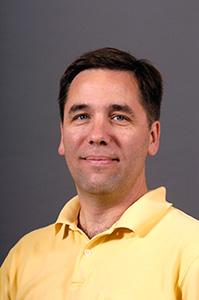Un Papa Diferente

by Mark Aldrich, associate professor of Spanish
The Pope arrives in the U. S. from the South. That's no accident. Back in January, he expressed a desire to come into the U.S. via the Mexican border as—in his words—"a beautiful gesture of brotherhood and support for immigrants." Those plans did not work out, but he came up with something perhaps even better: an important trip to Cuba prior to his arrival here. So the Pope flies into Washington from Havana, putting an accent mark on his critical role in negotiating a historic thaw to 50 years of U.S.-Cuban conflict. In a very brief period he has emerged not only as a transcendent religious leader, but also as a world statesman of tremendous influence.
Jorge Bergolio is not only the first Jesuit pontiff, but also—and more importantly for hundreds of millions of the faithful—the first Latin American. While many Catholics around the world may see Pope Francis as a reformer, a pope for the 21st century, many Spanish-speakers view him as someone who will speak for them—literally, in their own language. And so it is that Bergolio, who is proficient in English, will nonetheless give 14 of 18 addresses during his U.S. visit in Spanish. After all, there are now over 40 million Latinos in the U.S., and a large majority of them are Catholic. In fact, the Catholic Church in the U.S. is now over one-third Spanish-speaking. While here, the pope will speak about immigration and poverty—issues of vital importance both to U.S. Latinos and to Hispanics across the Americas. And he will do so en español. Take a break from CNN and Fox News: The best way to watch this visit unfold will be on Spanish language media such as Univisión.